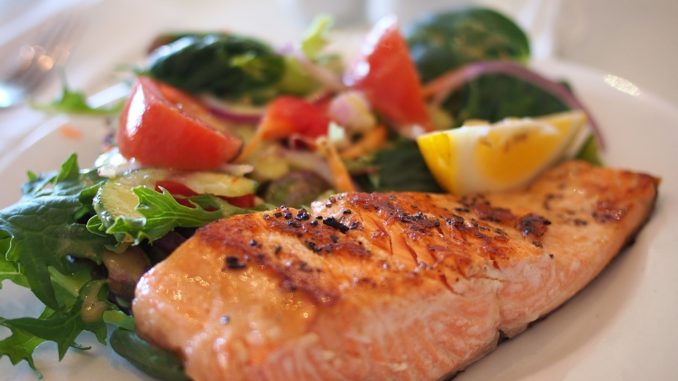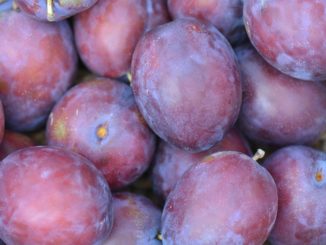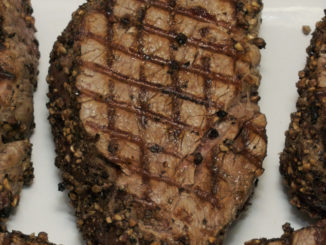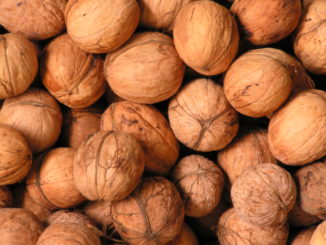
Want to shed fat quickly?
Are you concerned about muscle loss?
If so, make sure you plan your diet carefully. Although it’s impossible to lose fat without losing muscle, you can reduce the damage. A high-protein diet and adequate rest can help maintain lean mass and bring you closer to your goals. Also, it’s important to keep lifting heavy without overdoing cardio.
The Truth about Muscle Loss When Cutting
Like it or not, you’ll lose muscle while dieting. In general, pro athletes and bodybuilders use anabolic steroids so they can preserve muscle and shed fat. However, this doesn’t apply to regular gym goers who simply want to stay in shape.
Just make sure you are aware that any diet will cause muscle loss to some extent.
The explanation is quite simple. In order to lose fat, it’s necessary to eat fewer calories than you burn. To build muscle, you have to take in more calories than you use on a daily basis. The moment you lower your calorie intake, you’ll lose both fat and muscle tissue. Excessive cardio training, poor sleep, and crash diets will only make things worse.
Additionally, the levels of the stress hormone cortisol will increase when you’re on a diet. That’s because your body is working hard to preserve calories and sustain itself using less energy. High cortisol levels can lead to muscle loss. On top of that, your metabolism slows down.
The more you restrict your calorie intake, the more muscle you will lose.
How to Burn Fat and Preserve Muscle
Fortunately, there are ways to reduce muscle loss while cutting. A lot of them revolve around your diet. As a rule of thumb, maintain a high protein intake.
Get at least one gram of protein per pound of body weight.
Lean meat, fish, chicken, turkey, eggs, and protein powder should be the main staple. Protein will fuel your muscles and help them recover from intense training. As you reduce your carb intake, eat more protein to maintain lean mass.
If you’re on a low carb diet, cut carbohydrates gradually. This will allow your body to adjust and burn calories more efficiently.
For example, stick to 100 grams of carbs a day on the first week, go below 70 grams a day the second week, and reduce your daily carb intake to 50 grams a day during the third week.
Track your progress to see how your body reacts to these changes. Try to consume your carbs until late afternoon. Dinner should consist of protein and healthy fats.
Train smart to preserve muscle mass and lose fat. Excessive cardio raises cortisol levels, slows your metabolism, and burns muscle tissue. Do just as much cardio as you need to see results. Increase workout duration gradually. Stick to 30-40 minutes of cardio a day to maintain your hard earned muscles.
For optimal results, do HIIT or full body circuits. High intensity interval training has been shown to maintain muscle and burn fat at the same time.
Unlike steady state cardio, it increases metabolism, causing your body to burn more calories at rest. Full body circuits torch fat and promote muscle growth, so include them in your workout as well.




Be the first to comment